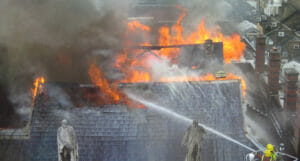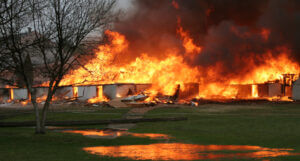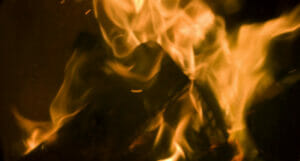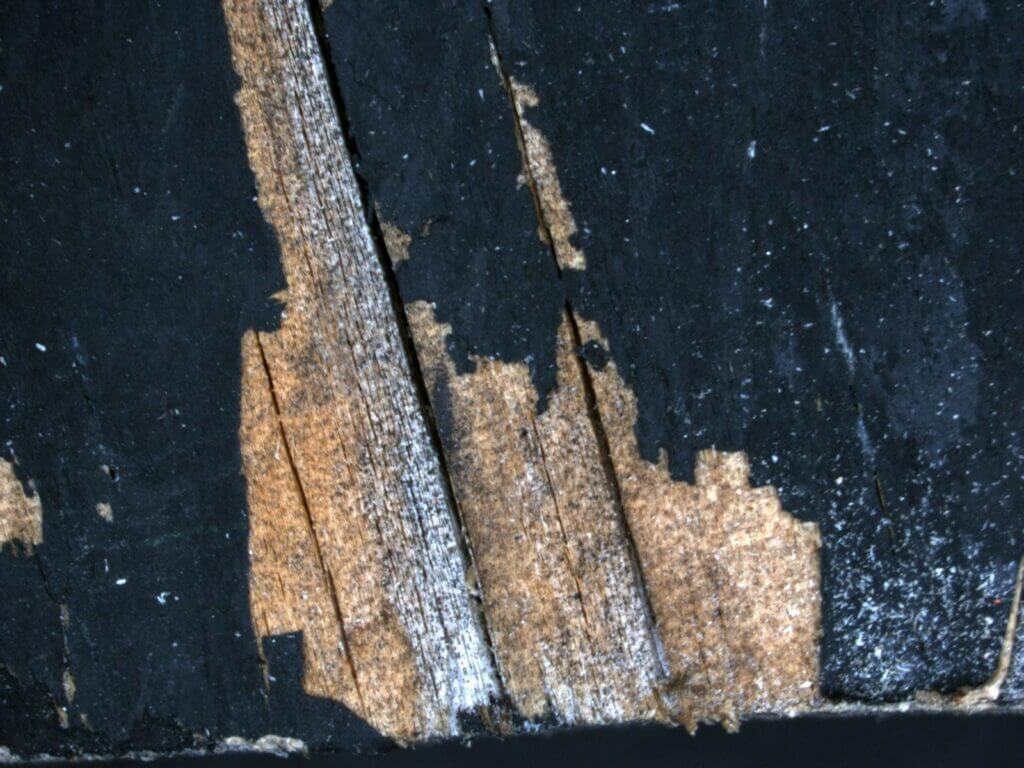White Goods Appliance Fires
Given the number of white goods typically found in the domestic environment, it is little wonder that many domestic fires are attributed to white goods. White goods include tumble dryers, refrigeration appliances (fridges, freezers and fridge-freezers), washing machines, dishwashers and dehumidifiers, and are often cited as being the cause of domestic fires. There have also been several widely published recall/repair actions in popular brands of white goods.
Each year, Hawkins is appointed to investigate hundreds of domestic fires involving white goods. We are typically appointed on behalf of domestic insurers or manufacturers’ liability insurers.
Hawkins is often appointed to investigate fires where it has been suggested, either by the homeowner themselves (from their awareness of recent recalls) or by the Fire Service, that the fire was caused by an incendive fault at a white goods appliance.
WHY APPOINT A FORENSIC INVESTIGATOR?
All of Hawkins’ fire investigators have experience of investigating fires involving white goods and have a detailed knowledge of both recent and historical recall actions.
- Hawkins’ experts are always happy to discuss any potential case to see if we are able to add value.
- We will rapidly attend site, where possible on the day that you instruct us.
- We often work alongside the Police and Fire Service at incidents.
- We are experienced in safely negotiating fire scenes and are all trained in the relevant health and safety issues associated with such work.
- Once we have completed our examination of the scene we will contact you, usually before leaving the scene, to provide our initial observations and recommendations.
- If required, we will arrange for the recovery of exhibits to our laboratories where we can carry out more detailed examinations and testing of specific items of interest identified at the scene.
- We will typically report our findings in the form of a rapid Preliminary Appraisal, supplied within three days of the site visit, but can adjust our reporting to suit Client’s specific requirements.
- If applicable, we support subrogation/recovery efforts by hosting/attending joint examinations with experts appointed by third parties.
- Hawkins’ experts are experienced in the preparation of CPR Part 35 compliant reports for use in litigation. Many of our experts have extensive experience of the litigation process and of giving expert evidence in court.
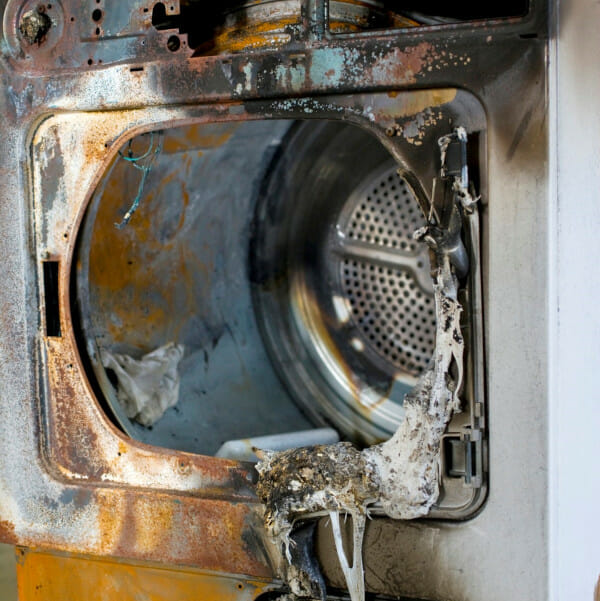
HOW DOES HAWKINS INVESTIGATE FIRES INVOLVING WHITE GOODS?
1
Consultation
We like to speak to you before we conduct any work, to establish if we can add any value to the case. These discussions help us to understand your requirements, as well as determining how much information is already available, including for example, reports of any recent work on the appliance of interest, first-hand witness accounts, photographs, or videos. We are also happy to provide you with an estimate of the cost of conducting a forensic investigation.
2
Inspection
If required, and with your agreement, we will arrange to visit the scene to conduct a detailed examination. When applicable, we will retain items of interest for examination in our laboratory, where we use a range of equipment, techniques, and tests to determine the cause of the fire.
3
Conclusion
Once our examination is complete, we will discuss our findings with you and prepare a report containing a detailed account of our investigation, conclusions, and where appropriate, further work or advice.
Case Study
Domestic kitchen fire
Hawkins was appointed by a household insurer to investigate the cause of a fire in the kitchen of a domestic property. The fire damage in the kitchen was severe, but the damage in the remainder of the house consisted mostly of smoke damage and damage due to fire spread from the kitchen.
As is often the case with domestic kitchen fires, there were numerous white goods in the kitchen, several of which were in use at the time of the fire. The fire damage in the kitchen was so severe that it was not possible, based solely on the patterns of fire damage, to determine where the fire started.
The witness accounts were that the fire was discovered when the property was empty; the occupant had placed several items of freshly laundered clothing in a vented tumble dryer and started the drying cycle shortly before leaving. The items being dried at the time of the fire were reportedly chef’s jackets and trousers. It was therefore anticipated that they might have been contaminated with vegetable oil.
The well-established, though not widely appreciated by the general public, phenomenon of self-heating can cause fires in tumble dryers. If fabrics that are contaminated with vegetable oil (or other similar substances with a propensity to self-heat) are dried in a tumble dryer, the heat used to dry the items can initiate a self-heating reaction. Self-heating occurs as a result of a chemical exothermic (heat generating) reaction that can generate sufficient heat to cause ignition of the drying load.
The fire Service was alerted to the incident by a passer-by that noticed smoke issuing from the building; they found the property secure and had to force entry to fight the fire that was burning in the kitchen.
The Hawkins’ investigator took photographs throughout the property to document the patterns of fire damage and any potentially relevant lifestyle indicators (such as the use of candles and the presence of smokers’ materials).
Within the kitchen, along with the tumble dryer, there was also a washing machine, undercounter fridge and freezer, microwave over, electric hob and electric oven. All of the appliances were plugged in and switched on at the sockets. Based on the witness accounts, only the tumble dryer and the fridge and freezer were switched on and in use.
Detailed and careful examination of the fixed wiring installation at the property confirmed that it had only sustained damage consistent with external fire attack and was not associated with the cause of the fire.
The tumble dryer’s plug fuse was tested electrically and it was found the fuse had operated (blown). The fuse had sustained very little heat damage and so it was likely to have operated due to electrical overload rather than heat/fire attack.
The drying load had sustained severe fire damage; it was photographed and recovered for possible chemical analysis to check for the presence of vegetable oil (or similar substances with a propensity to self-heat). The tumble dryer’s supply flex was examined but no evidence of localised melting damage, such as might be caused by electric arcing activity, was observed. Throughout the initial examination of the tumble dryer at the scene, it was photographed extensively.
There were no manufacture’s markings remaining on the tumble dryer. However, based on the investigator’s knowledge of the design characteristics of several well-known manufacturers of tumble dryers, they were able to confirm the manufacturer. Hawkins maintains a database of photographs of fire damaged white goods to assist its investigators in the identification of appliances in similar circumstances.
The tumble dryer was carefully packaged and arrangements were made for it to be transported to the nearest Hawkins’ laboratory for detailed examination.
The remaining electrical appliances were all examined and photographed in detail, and all of their plug fuses were tested electrically.
The Client was contacted from the scene and provided with an overview of the Expert’s observations. It was agreed that the tumble dryer would be retained at Hawkins’ evidence store. Hawkins subsequently issued a Preliminary Appraisal detailing all the salient information provided at the scene along with their observations. It was suggested in the Preliminary Appraisal that a detailed laboratory examination of the tumble dryer should be carried out and an estimate of the likely fees for this work was included. Since the laboratory examination would result in the destruction of evidence it was recommended that the manufacturer be invited to attend.
A subsequent detailed laboratory examination of the tumble dryer, involving representatives from the manufacture and their insurer, found evidence of localised melting damage at the tumble dryer’s heating element. This damage could not have been caused by the fire and was clearly the cause of the fire. The localised damage to the tumble dryer’s heating element could not have been caused by a fire starting due to self-heating of the drying load so, although the load had been retained, no chemical analysis was carried out.
The work carried out by Hawkins’ provided the basis for a recovery action against the manufacturer. It is also understood that the manufacturer subsequently pursued a recovery action against the supplier of the heating element.

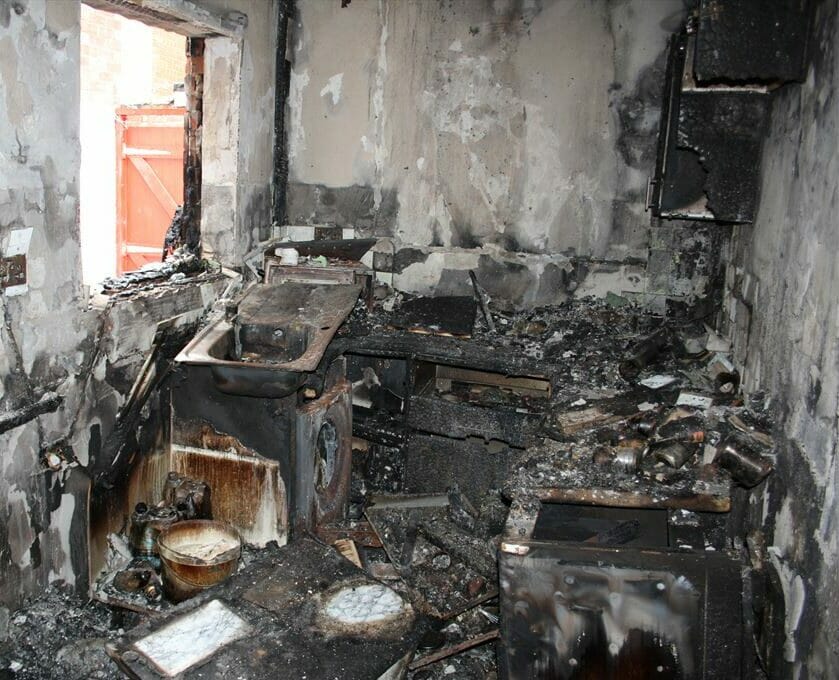
SPEAK TO ONE OF OUR EXPERTS
Related areas of expertise
Building Fires
Fires occurring within buildings will often result in significant damage to both the structure and contents. If you are dealing with a building fire and want to know what has caused it, you need a forensic investigator.
Fire Stop & Spread
The spread of a fire within a building, or to an adjacent property, can have a significant impact on the safety of occupants and on the financial implications – both in terms of the remediation of the property and loss of business.
Fire Modelling
Fire and explosion models have long found use in risk analysis to help to understand the consequences of fire or explosion events. The same modelling tools can augment our investigative work, providing insights into the factors most relevant to the cause of and overall consequences of an explosion or fire.



